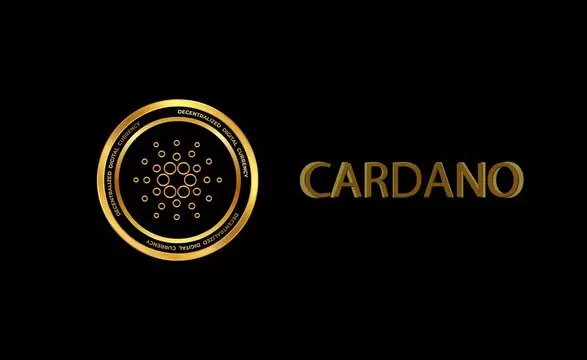Cardano’s cryptocurrency landscape has recently been marked by significant fluctuations, and a deep dive into its price movements reveals substantial insights for investors and analysts alike. Current market trends suggest that Cardano (ADA) has departed from a previously established upward trajectory, posing both potential opportunities and risks for those involved in the crypto trading space.
The Ascending Channel and its Implications
Historically, an Ascending Channel is characterized by parallel upward-moving trend lines that typically signal bullish sentiment within a given asset. For a prolonged period, Cardano traded within such a channel, showcasing a resilient price structure despite erratic market conditions. However, recent developments as highlighted by the TradingView analyst, known as MelikaTrader94, indicate that Cardano has broken through its previously reliable Ascending Channel. This breach is crucial as it suggests a shift in the overarching market dynamics, prompting investors to re-evaluate their positions.
The breakdown of the Ascending Channel suggests not only a potential for a bearish scenario but also raises questions about the sustainability of recent price levels. Traders often treat such breaks as critical signals for a trend-change, whether one of gradual price recovery or significant decline. The stark deviation from professional expectations that typically emerge within an Ascending Channel leads to the necessity of constant vigilance for those trading ADA.
Every trader understands the importance of identifying support and resistance levels to navigate potential price actions. Following the breakdown, MelikaTrader94 identified key price points that could act as critical pivot zones for ADA. The previous support level around $0.7765 has now transformed into a key resistance level. If Cardano is able to reclaim this price, it might pave the way for another upward movement toward a bullish target between $0.95 and $1.00. However, this potential recovery hinges significantly on ADA’s ability to regain foothold at these highlighted levels.
Additionally, the analyst foresees several new support levels forming at $0.63, $0.48, and $0.29 as possible barriers against further price declines. Each of these levels represents a potential demand zone, where buying pressure could increase, countering downward momentum. Investors should therefore remain alert to these levels; any breach below them may suggest a more pronounced bearish trajectory.
Exploring the two divergent scenarios laid out by MelikaTrader94 provides a clearer understanding of Cardano’s potential trajectory. On the bullish front, a convincing breakout above the pivotal resistance at $0.7765 could signal a re-entry into an optimistic phase for ADA, encouraging more investors to enter the market. Should this scenario materialize, ADA could rally to reclaim lost ground, leading to enhanced investor confidence and optimism regarding its future price stability.
Conversely, there lies the stark reality of a bearish outlook already palpable in the market. With a noted decline of 23.3% over the past week, the pressure on ADA appears to be mounting. If the cryptocurrency fails to uphold the current price levels, analysts forecast a descent towards notably lower Fibonacci retracement levels, notably $0.4836 and $0.2910. Such a decline would deepen existing investor concerns and potentially trigger further sell-offs, complicating Cardano’s recovery narrative.
The current analysis of Cardano’s price movements serves as a reminder of the inherent volatility in the cryptocurrency marketplace. Investors must remain vigilant and responsive to price indicators, support levels, and broader market sentiments that affect trading decisions. Whether embracing a bullish or bearish outlook, a strategic, well-researched approach is essential for navigating the complexities associated with trading ADA. Consequently, one should closely monitor Cardano’s price action around key levels, as these will likely provide vital insights into future movements in this dynamic asset class.















Leave a Reply